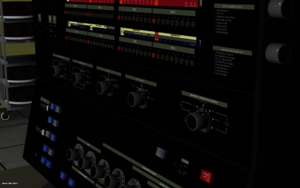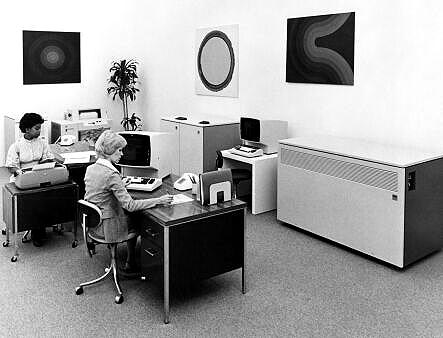At a meeting of college Athletic Directors, an in-principle agreement was reached to establish a college competitive eating program. A spokesman for the NCAA stated that following the popularity of the ESPN coverage of the Major League Eating (MLE) events and America's increasing desire for sedentary pursuits it became evident that the time was right for colleges to establish their own programs.
The spokesman went on to say that the new venture would fill a gaping hole in their college championship tournament schedule. "The culmination of the football season occurs in January and basketball has its March madness", he said. "There is a long gap from then until the College World Series, so a Competitive Eating tournament in the April-May timeframe would provide an exciting option for us."
"The colleges also have an obligation to the greater community to promote the next generation of leaders", explained Dan Guerrero, AD of UCLA. "Where are the future Joey Chestnuts going to come from? There is an enormous hole in gluttonous aptitude out there: look at the difference between first and second in the recent Hot Dog championships held over the July 4 weekend. Our goal is to discover and develop talent using the same dedication and scientific approach that goes into our other athletic pursuits."
School presidents are already excited about the potential of the new program. "We have been contacted by a major fast food organization which is proposing to establish a chair in Alternative Nutrition", stated South Carolina president Harris Pastides. "A whole new slate of scholarships will become available to find the best young talent to become Game Cocks."
Rising high school senior Todd Levington of Biloxi, Mississippi, is delighted with the possibility of obtaining a college education subsidized by the new scholarships. "For last three years I've watched as the best baseballers, cheerleaders, and footballers have been signed to full or partial rides that enabled them to study the discipline of their choice. Now it's my turn", he said.
Levington is already famous for his ability to consume vast quantities of chicken nuggets at lunchtime. His dedication extends outside the cafeteria to the school dumpsters where he is often found honing his craft. "I intend to sit the FATs later this year and achieve at least a 5200 (calories) while maintaining my LDLs above 165."
In keeping with the NCAA's philosophy of promoting the culture of its member colleges, the intramural programs will feature foodstuffs of the region. "Of course our Varsity program will be devoted to the cuisine of the professional leagues, but we recognize that not all our athletes will end up in the professional ranks. So, as it is important to graduate a very well-rounded individual, we will allow the conferences to choose a regional specialty upon which their participants can engorge themselves. For example, the SEC is planning on using 'hush puppies', which will serve as a gateway food for the Varsity hot dog program."
The NCAA has denied its members are being pressured to change their school mascots during Competitive Eating events. Rumors have abounded about Virginia Tech's Hokie Bird being fitted with a "ButterBall" sash, or that Louisville had created prototypes of the Hamburgler in the livery of the famous college. "Signage and advertising restrictions will be identical to our other sports" stated Morgan Burke, AD at Purdue. "However, we are working with various groups interested in the food and beverage concessions." He went on to add, "Purdue has always had a commitment to quality."
A meeting of NCAA officials in September will finalize details including menus, recruitment guidelines, and scheduling. The current plan is for the first competition to take place in February 2015, a rib-fest at the University of Texas at Austin campus. ESPN-U will be providing coverage of all Division I events.





















































